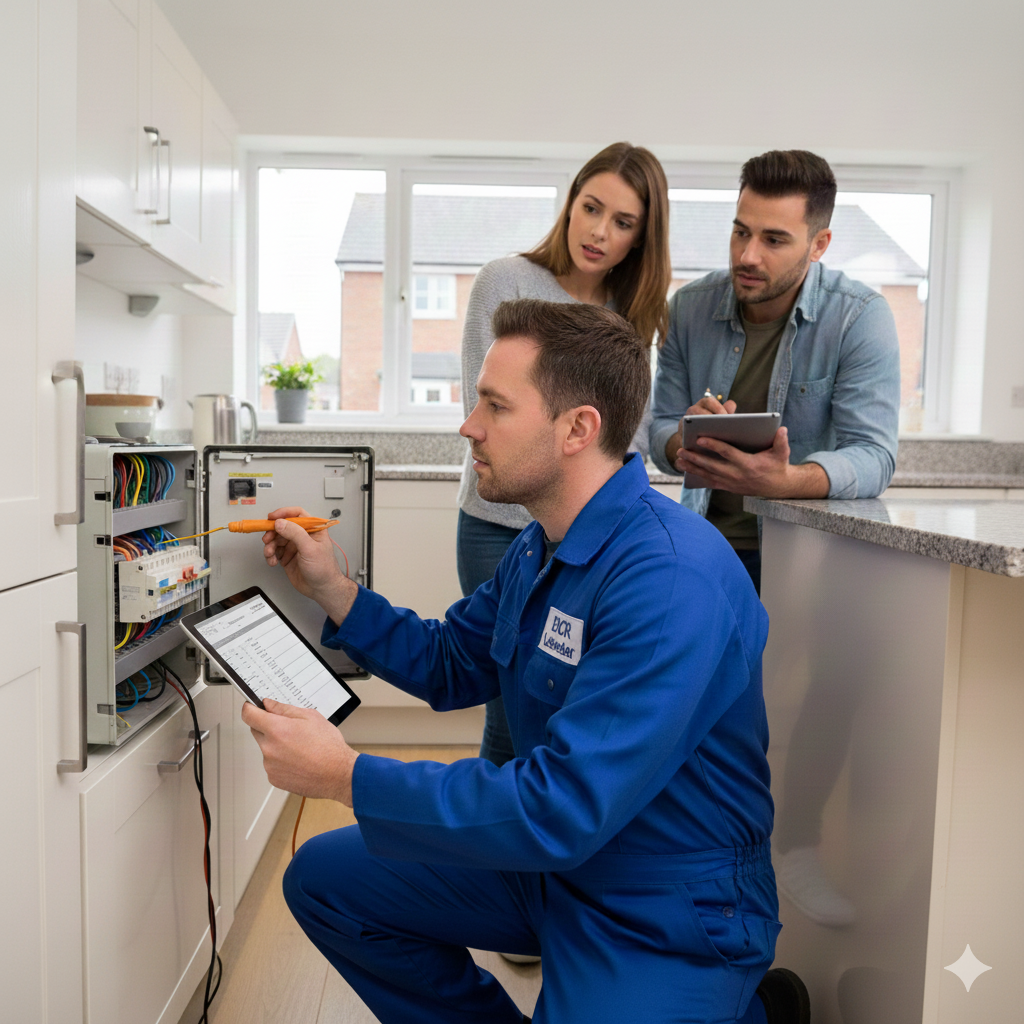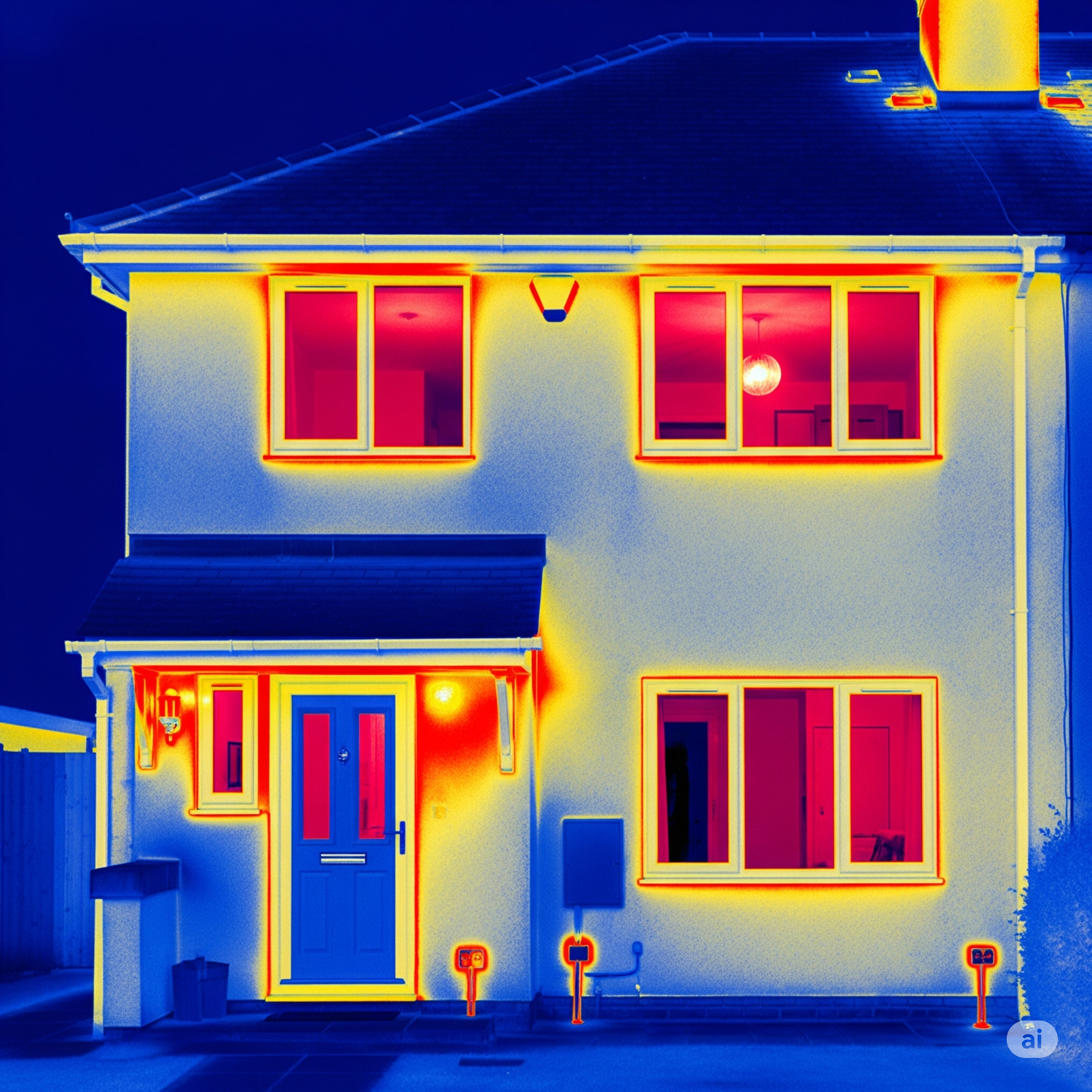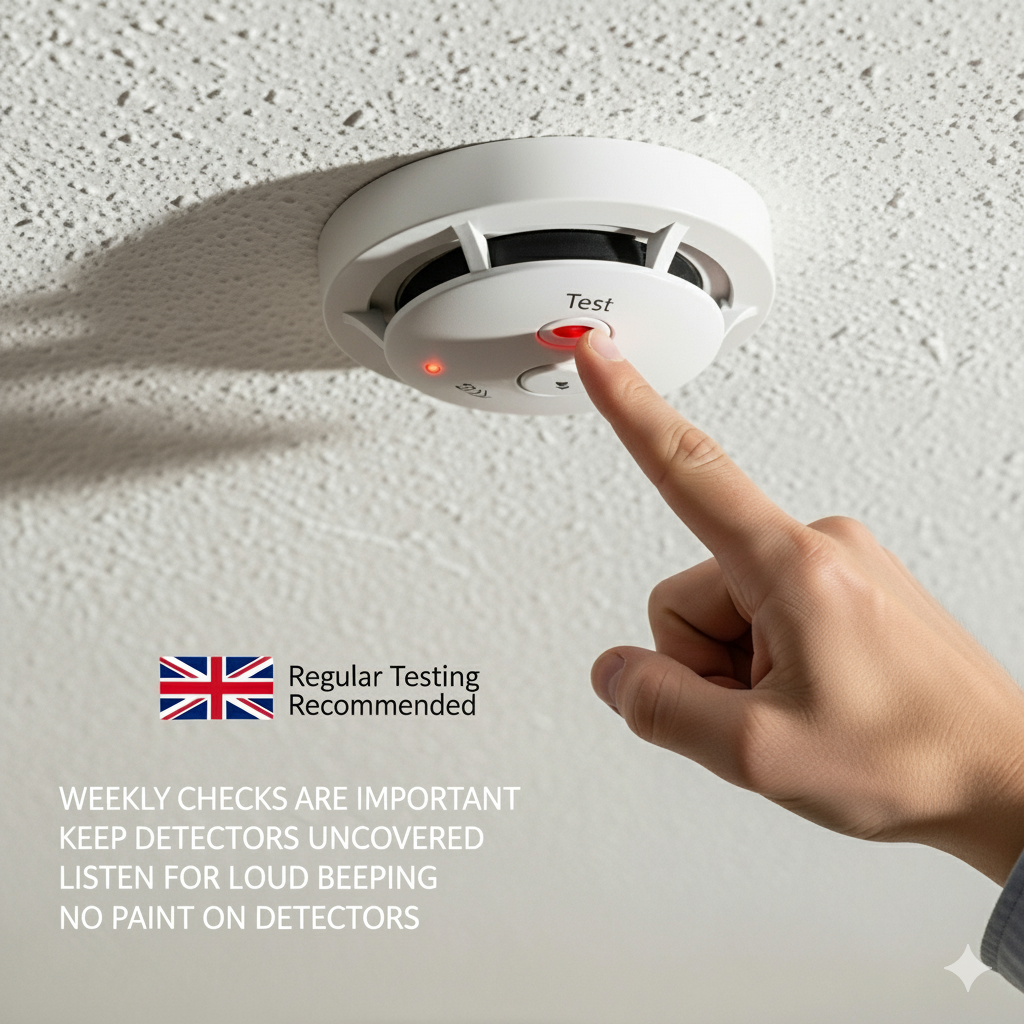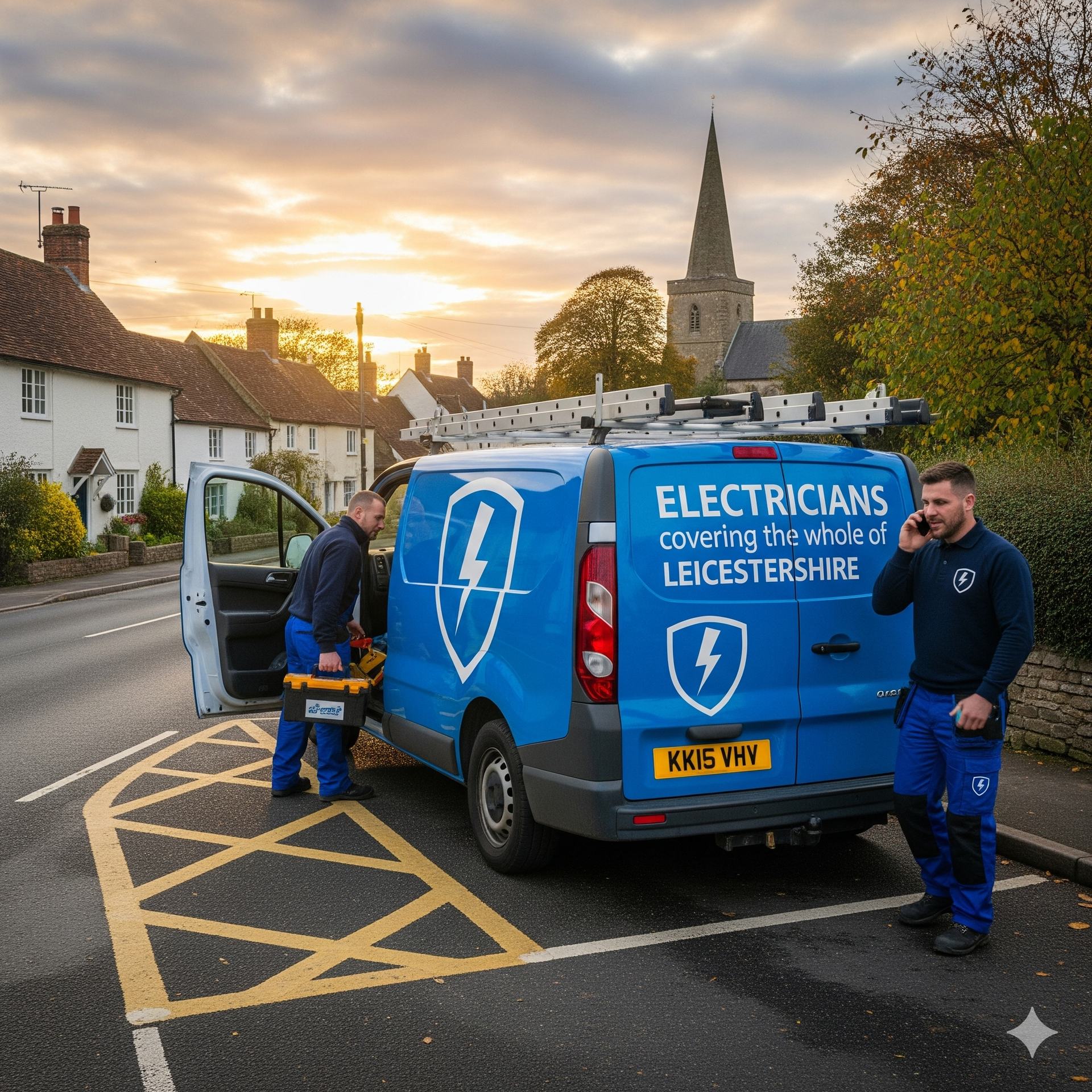Landlords and Fire Safety
# **Fire Safety for Domestic Landlords: A Guide to BS5839 Part 6 Compliance**

As a landlord, ensuring fire safety in your rental property is not just a legal obligation—it’s a critical measure to protect your tenants and your investment. While most small domestic properties do not require a formal **fire risk assessment (FRA)**, understanding when one is necessary and what fire detection systems should be installed is essential for compliance with **BS5839 Part 6 (Fire Detection and Fire Alarm Systems in Domestic Premises)**.
## **When is a Fire Risk Assessment Required?**
Under the **Regulatory Reform (Fire Safety) Order 2005 (RRO)**, most single-let domestic properties (e.g., houses, bungalows, or flats let to one household) do **not** require a fire risk assessment. However, there are exceptions where an FRA is **mandatory**:
### **1. Houses in Multiple Occupation (HMOs)**
- If your property is rented to **three or more unrelated tenants** sharing facilities (e.g., kitchens, bathrooms), it is classified as an HMO.
- **Licensed HMOs** (typically those with five or more tenants) **must** have a fire risk assessment.
- **Communal areas** (hallways, staircases) in HMOs and blocks of flats require an FRA.
### **2. Guest Accommodation (e.g., B&Bs, Holiday Lets)**
- If you rent out short-term stays (even in your own home), an FRA is required.
### **3. Large or Multi-Storey Single-Let Properties**
- If a single household occupies a **property over two storeys**, an FRA may be recommended (though not always legally required).
## **Fire Alarm Requirements for Domestic Landlords (BS5839 Part 6)**
Even if an FRA is not required, **all rental properties must have adequate fire detection**. The minimum standard under **BS5839 Part 6** is a **Grade D system** (mains-powered smoke alarms with battery backup).
### **Key Installation Requirements:**
✔ **Smoke Alarms**
- **At least one smoke alarm on each floor** (including loft conversions).
- **Positioned in escape routes** (e.g., hallways, landings).
- **Within 3 metres of bedroom doors** (to ensure early warning).
✔ **Heat Alarm in the Kitchen**
- Smoke alarms should **not** be installed in kitchens (due to false alarms).
- A **heat detector** is required instead, as it activates only when temperatures rise significantly.
✔ **Carbon Monoxide (CO) Alarms**
- **Mandatory** in any room with a **solid fuel-burning appliance** (e.g., log burners, coal fires).
- Also recommended near gas boilers and gas fires.
## **When Should Landlords Consider a Higher Level of Protection?**
A fire risk assessor may recommend upgrading to a **Category LD2 or LD1 system** (covering more areas) if:
- The property has **higher fire risks** (e.g., vulnerable tenants, poor escape routes).
- It is a **large HMO** where early detection is critical.
## **Why Go Beyond Minimum Standards?**
- **Reduces risk of fatalities and property damage.**
- **Helps comply with insurance requirements.**
- **Provides legal protection** if a fire incident occurs.
## **Final Advice for Landlords**
- **Check local regulations**—some councils impose stricter rules.
- **Test alarms monthly** and replace batteries annually.
- **Keep records** of all fire safety installations and maintenance.
By following **BS5839 Part 6** and staying proactive with fire safety, landlords can ensure compliance, protect tenants, and avoid costly penalties.
**Need a professional fire risk assessment?** Contact a certified fire safety expert to ensure your property meets all legal requirements.
---
This guide is based on **BS5839 Part 6** and the **Regulatory Reform (Fire Safety) Order 2005**. Always consult a fire safety professional for property-specific advice.
Would you like further details on HMO fire safety or electrical safety regulations? Let us know in the comments! 🔥🚒










